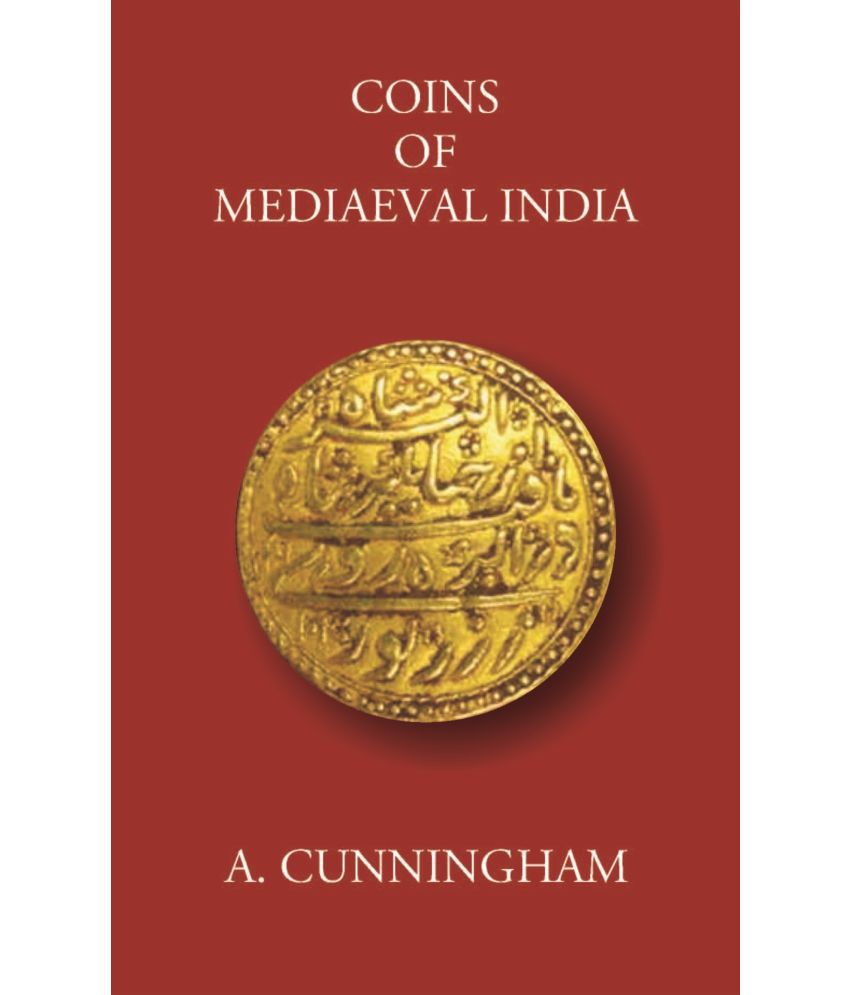About the book:- India in the beginning of the Sixth Century A. D. , gave the first shock to the stability of the great Gupta Empire, which has lasted for two centuries without a check. The coinage under the Gupta had been continued on a settled system of dinars of Gold and half Karshas of Silver. The Indo-Scythian type of the copper money was continued in the Punjab and Kashmir down to the beginning of the fourteenth century. The coin type of Horseman and Bull of the Brahmans of Kabul were continued by the Ghaznavis, by the Ghoris and by the different Rajput states of North-west of India. Lastly the Indian type of the Goddes Parvati introduced by Rajas of Chedi was adopted by the Chandellas of Mahoba, by the Tomaras of Delhi, by Rathor of Kanauj and even by Mohammad Bin Sam. About the Author:-Major General Sir Alexander Cunningham KCIE CSI (23rd January 1814 – 28th November 1893) was a British army engineer with the Bengal Engineer Group who later took an interest in the history and archaeology of India. In 1861, he was appointed to the newly created position of archaeological surveyor to the government of India; and he founded and organised what later became the Archaeological Survey of India. He wrote numerous books and monographs and made extensive collections of artefacts. Some of his collections were lost, but most of the gold and silver coins and a fine group of Buddhist sculptures and jewellery were bought by the British Museum in 1894. He was also the father of mathematician Allan Cunningham. The Title 'COINS OF MEDIAEVAL INDIA FROM THE SEVENTH CENTURY DOWN TO THE MUHAMMADAN CONQUESTS written/authored/edited by A. Cunningham', published in the year 2021. The ISBN 9788121227100 is assigned to the Hardcover version of this title. This book has total of pp. 138 (Pages). The publisher of this title is Gyan Publishing House. This Book is in ENGLISH. The subject of this book is . Size of the book is 14.34 x 22.59 cms Vol:-

